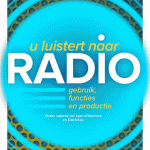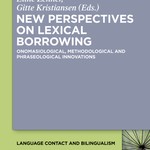 Claims supported by high-quality evidence have been found to be more persuasive than claims supported by low-quality evidence. However, Hoeken and Hustinx (2007) showed that this effect was only observed in short texts (a claim with evidence), but not in longer texts (where information unrelated to the evidence was added at the end of the text). The current experiment was conducted to examine whether this effect of text length could be explained by distraction (the additional text at the end distracts the reader) or by dilution (the additional text makes the fragment less diagnostic for claim evaluation). Participants (N = 629) read two texts with high/low-quality evidence. The text was presented in three versions: short, long with additional information at the end, or – new in comparison to Hoeken and Hustinx (2007) – long with additional information at the start. The data found support for the distraction explanation: an effect of evidence quality on persuasiveness was observed in the short text, and in the longer text with additional information at the start, but not in the longer text with additional information at the end.
Claims supported by high-quality evidence have been found to be more persuasive than claims supported by low-quality evidence. However, Hoeken and Hustinx (2007) showed that this effect was only observed in short texts (a claim with evidence), but not in longer texts (where information unrelated to the evidence was added at the end of the text). The current experiment was conducted to examine whether this effect of text length could be explained by distraction (the additional text at the end distracts the reader) or by dilution (the additional text makes the fragment less diagnostic for claim evaluation). Participants (N = 629) read two texts with high/low-quality evidence. The text was presented in three versions: short, long with additional information at the end, or – new in comparison to Hoeken and Hustinx (2007) – long with additional information at the start. The data found support for the distraction explanation: an effect of evidence quality on persuasiveness was observed in the short text, and in the longer text with additional information at the start, but not in the longer text with additional information at the end.
- Hornikx, J. (2014). Het effect van evidentiekwaliteit op de beoordeling van standpunten: de rol van toegevoegde tekst. Tijdschrift voor Taalbeheersing, 36 (1), 107-125 [link].


